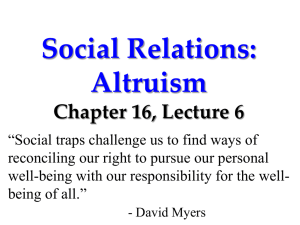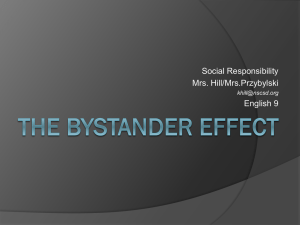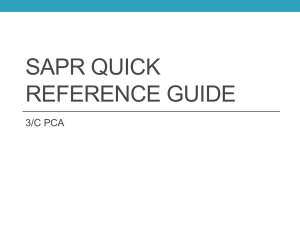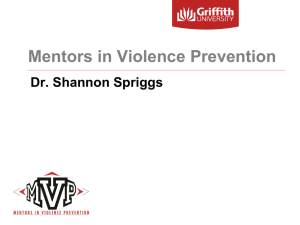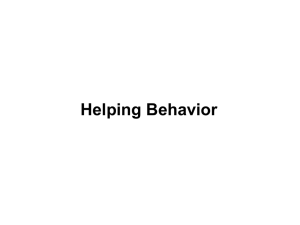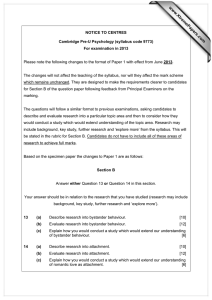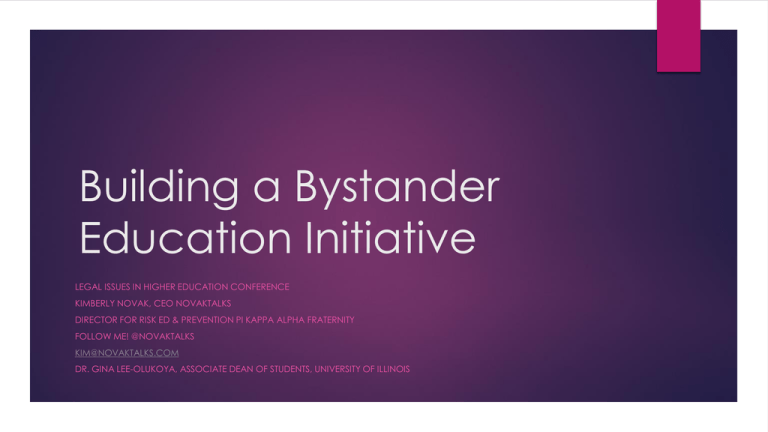
Building a Bystander
Education Initiative
LEGAL ISSUES IN HIGHER EDUCATION CONFERENCE
KIMBERLY NOVAK, CEO NOVAKTALKS
DIRECTOR FOR RISK ED & PREVENTION PI KAPPA ALPHA FRATERNITY
FOLLOW ME! @NOVAKTALKS
KIM@NOVAKTALKS.COM
DR. GINA LEE-OLUKOYA, ASSOCIATE DEAN OF STUDENTS, UNIVERSITY OF ILLINOIS
Conceptual Framework
Advancing community and engaging standards
Goals are to create healthy communities that care
Articulation of community standards
Advancing beyond compliance
Bystander intervention approach recognizes shared responsibilities
Today’s era federal and state requirements
White House, Not Alone
Scope of
bystander
prevention
Descriptive discussion of bystander
behavior
Common definition & understanding of bystander behavior
Bystander- who , what, when
Bystander intervention
Bystander prevention
Descriptive discussion of bystander
behavior
Addressing the lack of intervention
Social influence:
Fear of embarrassment:
When we assume someone else will respond, we eliminate the need for ourselves to act
Fear of retaliation:
When a bystander is concerned about either embarrassing him or herself or embarrassing the individual
confronted, this fear consumes their response and leads to inaction
Diffusion of responsibility:
Bystanders observe that no one is acting and incorrectly assume there is not a problem
When we fear emotional or physical harm as a result of intervention, this fear legitimately inhibits a response
Pluralistic ignorance:
When we incorrectly believe the majority of individuals are not concerned about the behavior, this leads to our inaction as we
assume our concern is the minority opinion. Often, the perceived minority opinion is actually the silent majority
(Berkowitz, 2007)
Descriptive discussion of bystander
behavior
Overcoming bystander behavior
Create shared values of the community
Assessing community norms and standards
Create new norms that give students a reason to act
Principle centered intervention programming
Creating social change to address
high risk behavior
High risk drinking and substance use
Sexual aggression and misconduct
Interpersonal violence
Hazing
Campus incivility and bias
Principles of behavior intervention
Identification of what it means to “intervene”
Goals of intervention
Teaching students how to intervene
Problem analysis
Social norming
Multiple entry points of intervention
Skill development and practice
See
Act
Respond
Tell
Re-establishing Community Norms
Assess the community to determine the environment
Creating social norming initiatives
Incorporating student voices in the new norms
Caution around the realities of the norms- will students believe it?
Systemic Approach to community
bystander prevention
Addressing common goals and objectives
Creation of the common core
Multi prong approach
Synergy around common themes
One Campusmany options
BYSTANDER PREVENTION AT
THE UNIVERSITY OF ILLINOIS
Intervene Illinois
Comprehensive initiative building on existing efforts
FYCARE
University Housing efforts to address bias

